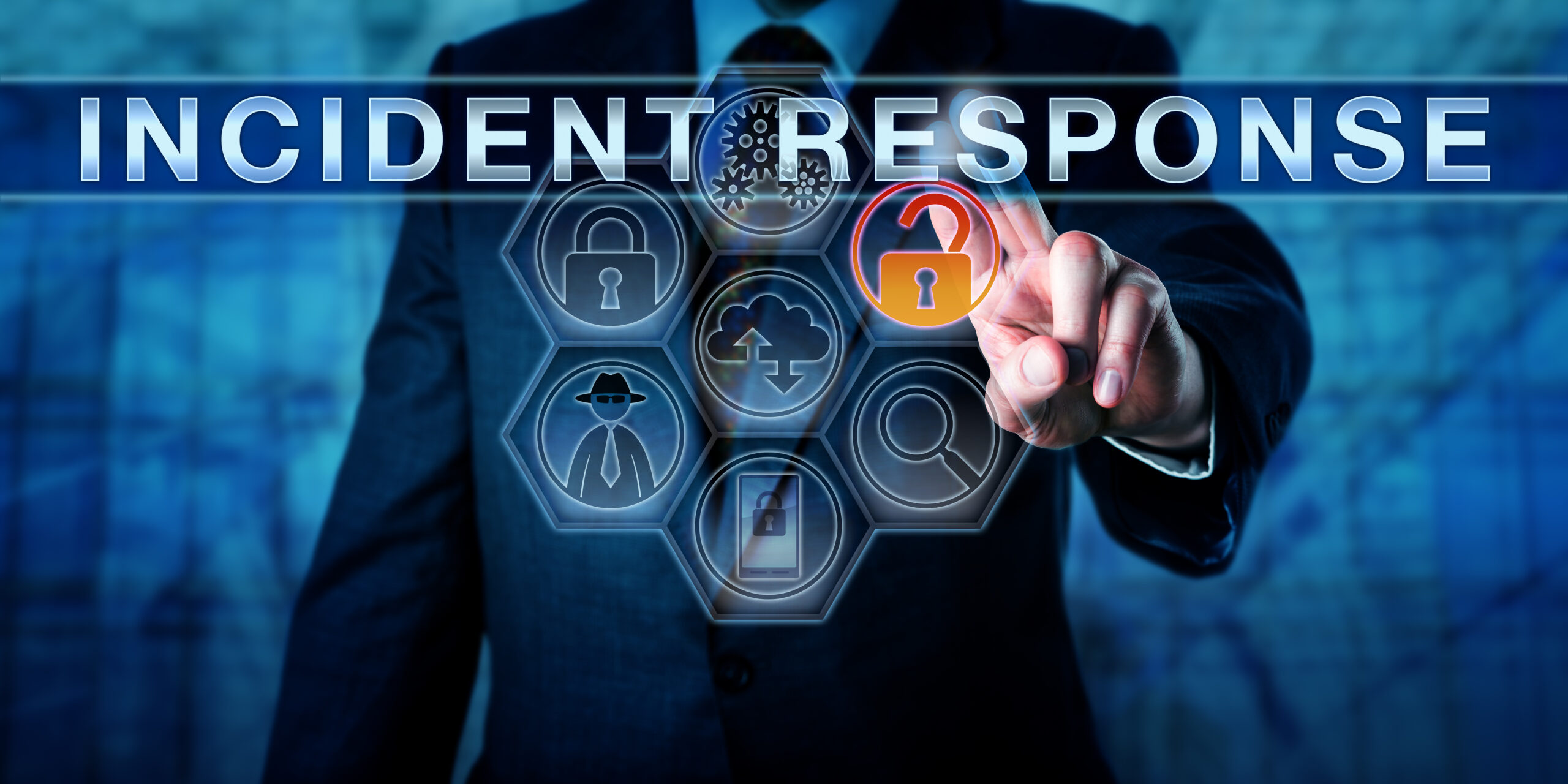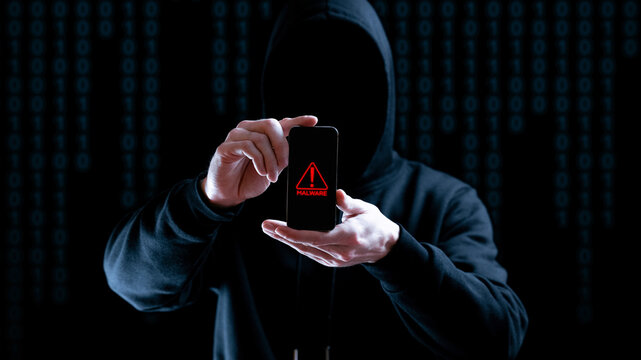
In the age of digital transformation, where data flows freely across the globe and our personal and professional lives are increasingly interconnected online, cybersecurity has emerged as one of the most critical issues of our time. Whether it’s a multinational corporation, a small business, or an individual user, everyone is a potential target in the digital landscape.
What is Cybersecurity?
Cybersecurity is the practice of protecting systems, networks, and programs from digital attacks. These cyberattacks are typically aimed at accessing, altering, or destroying sensitive information, extorting money from users via ransomware, or interrupting normal business operations.
In essence, cybersecurity encompasses everything related to protecting our digital assets—from passwords and emails to large-scale databases and cloud infrastructure.
Why Cybersecurity Matters Today
As we continue to embrace digital tools in our daily lives, the attack surface for cybercriminals expands. The use of smartphones, smart homes, online banking, cloud storage, and remote work tools makes our personal and professional data more vulnerable than ever.
Here are a few reasons why cybersecurity is more crucial than ever before:
Data is the new currency: Personal information, business records, and intellectual property have immense value. Hackers are aware of this and actively seek ways to exploit vulnerabilities.
The rise of remote work: The shift to remote and hybrid work environments since the COVID-19 pandemic has increased exposure to threats due to less-secure home networks and devices.
Increased frequency and complexity of attacks: Modern attacks are more sophisticated and automated, often powered by artificial intelligence and machine learning.
Regulatory pressure: Laws like GDPR (EU), HIPAA (US), and the Data Protection Bill (India) enforce strict penalties on companies that fail to protect user data.Common Cyber Threats
Understanding the types of cyber threats is essential for effective defense. Here are some of the most common ones:
Phishing Attacks
Fake emails or messages that appear legitimate and trick users into revealing personal data like passwords or financial information.
Ransomware
Malware that locks or encrypts a user's files and demands a ransom to restore access. In some cases, even paying the ransom does not guarantee file recovery.
Malware and Viruses
Malicious software designed to damage or disable computers and systems, often delivered via email attachments or infected websites.
Man-in-the-Middle (MitM) Attacks
Attackers intercept data being transmitted between two parties, commonly over unsecured Wi-Fi networks.
Denial-of-Service (DoS) Attacks
These attacks flood a system, server, or network with traffic to exhaust resources and make it unavailable to users.
Insider Threats
These come from individuals within an organization—employees or contractors—who misuse their access to harm the company.How to Protect Yourself and Your Business
Cybersecurity isn’t just about firewalls and antivirus software; it’s about creating a culture of awareness and proactive defense. Here are some essential practices:
Use Strong, Unique Passwords
Avoid using the same password across multiple platforms. Use a password manager to keep track of complex credentials.
Enable Multi-Factor Authentication (MFA)
MFA adds an additional layer of security by requiring a second form of verification beyond a password.
Keep Software and Systems Updated
Regular updates often contain patches for security vulnerabilities. Delay in updates can expose systems to attacks.
Back Up Your Data
Regularly back up data to secure, offline storage. This protects against data loss from ransomware and other cyber threats.
Educate and Train Employees
Human error remains the weakest link in cybersecurity. Regular training helps staff recognize threats like phishing or suspicious links.
Secure Your Wi-Fi Networks
Use encryption protocols like WPA3 and strong passwords for all wireless networks.
Use Antivirus and Firewall Software
Basic but essential, these tools help detect and block malicious threats before they cause harm.The Role of Cybersecurity in Business
For businesses, cybersecurity is not just a technical issue—it’s a strategic one. A single data breach can result in:
Financial losses: From ransomware payments to lawsuits and fines.
Reputational damage: Loss of customer trust can be even more damaging than monetary loss.
Operational disruption: Cyberattacks can halt business operations, sometimes for days or weeks.Investing in robust cybersecurity infrastructure and policies is no longer optional—it’s a business necessity.
Looking Ahead: The Future of Cybersecurity
The cybersecurity landscape is constantly evolving. As technology advances, so do cyber threats. Here are a few trends shaping the future:
AI and Machine Learning in Cybersecurity: These technologies help detect anomalies in real-time and predict threats before they happen.
Zero Trust Architecture: A security model where no user or device is trusted by default, even if inside the network perimeter.
Quantum Computing: While still in its infancy, quantum computing could potentially break existing encryption standards, leading to a complete rethink of current security systems.
Cybersecurity as a Service (CaaS): More companies are outsourcing cybersecurity to specialized firms for 24/7 protection and rapid response.Conclusion
Cybersecurity is not a one-time investment—it’s an ongoing commitment. In a world where digital threats are increasingly common and complex, awareness, preparation, and proactive defense are the best ways to stay safe.
Whether you’re an individual protecting personal data or a business safeguarding customer information, cybersecurity must be at the forefront of your digital strategy. As the saying goes: “It’s better to prepare and prevent than to repair and repent.”






